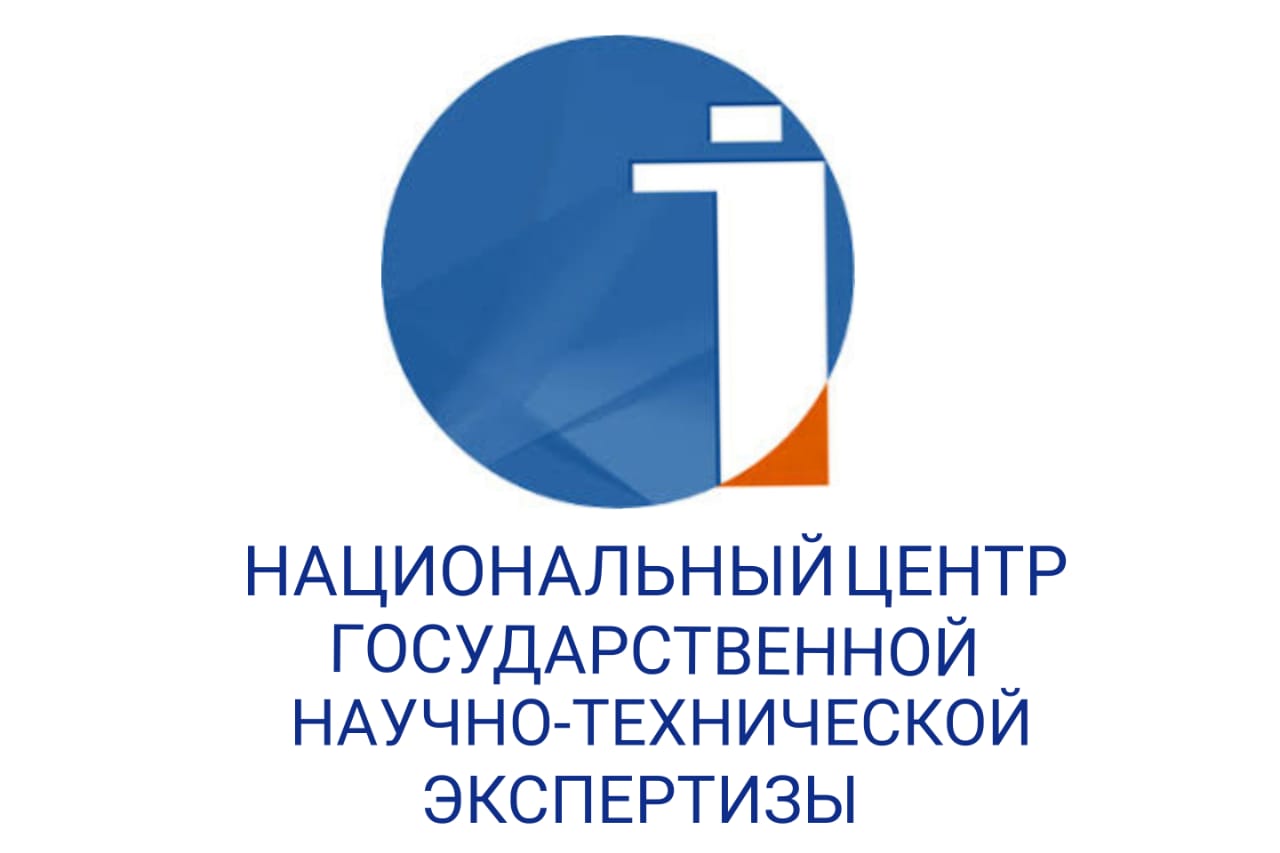SPIRITUAL AND AXIOLOGICAL IMAGE OF THE CONCEPT «PRAYER» IN THE LANGUAGE
DOI:
https://doi.org/10.48371/PHILS.2025.1.76.010Keywords:
prayer, concept, language, culture, value, axiological image, ethnos, suggesticsAbstract
This article examines the spiritual and axiological image of the linguistic concept of "prayer" and defines its linguopragmatic and linguocultural aspects.
The research aims to reveal the spiritual and axiological image of the concept of "prayer" through the analysis of language texts, determining the values upon which individuals rely when praying.
In analyzing linguistic units in poems related to the concept of "prayer," features of the linguistic worldview specific to particular communities are determined. In addition to general scientific methods such as observation, assessment, collection, systematization, description, analysis, differentiation, and generalization, purely linguistic methods such as distributional analysis, conceptual analysis, formal language analysis, language analogy, and linguistic modeling are employed. Methods of assessment and frame analysis are also utilized to determine meanings characteristic of the concept of "prayer" and to create a diagram of its spiritual and value image.
Based on texts related to the linguistic concept of "prayer," the linguocognitive nature of service to God and spiritual worship is considered. This provides insights into the attitude of the author of the prayer text towards the worldview, culture, language, and religion of the Kazakh people from both a linguocognitive and linguaxiological aspect. For the first time in the course of the study, a value definition of the concept of "prayer" is provided based on the scheme obtained through the analysis of linguistic units.
The practical significance of this research lies in its applicability to linguists, theologians, psychologists, and students studying linguistics. By employing the methods and tactics outlined in the article, researchers can delve into the spiritual and axiological image of various concepts, define them from a value perspective, and evaluate the suggestive potential of linguistic units.








